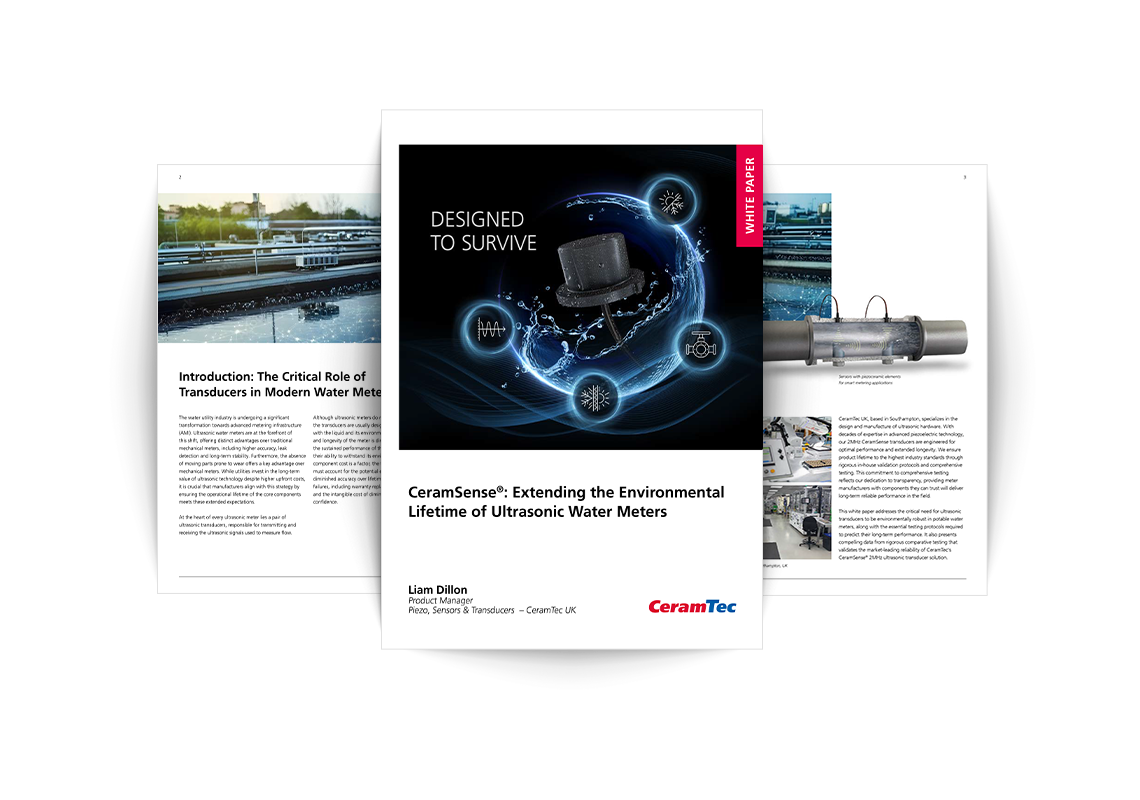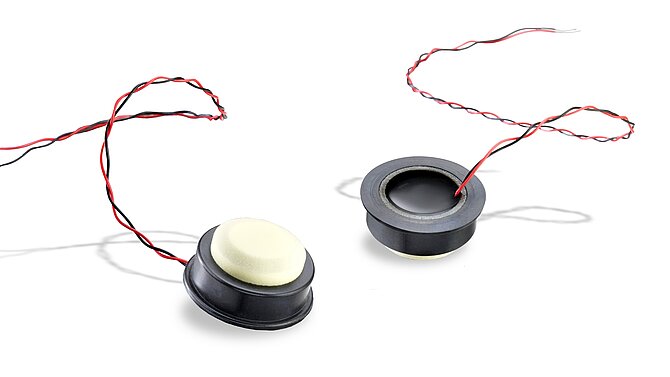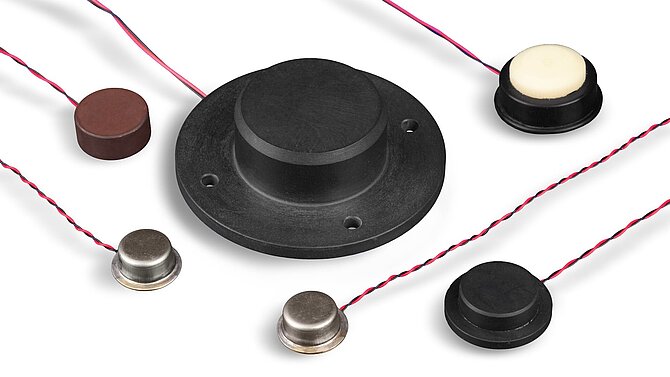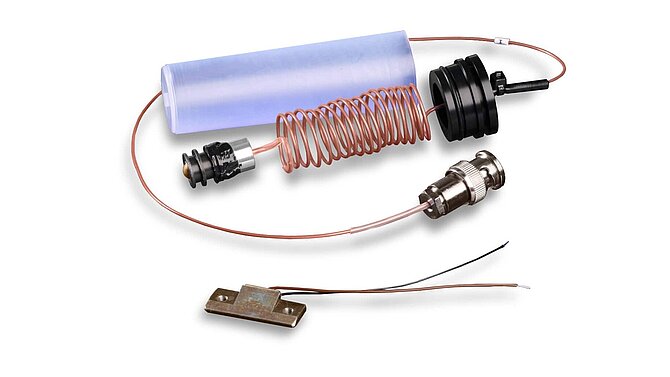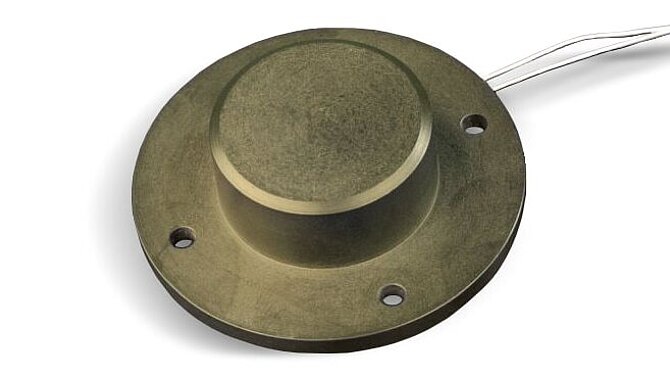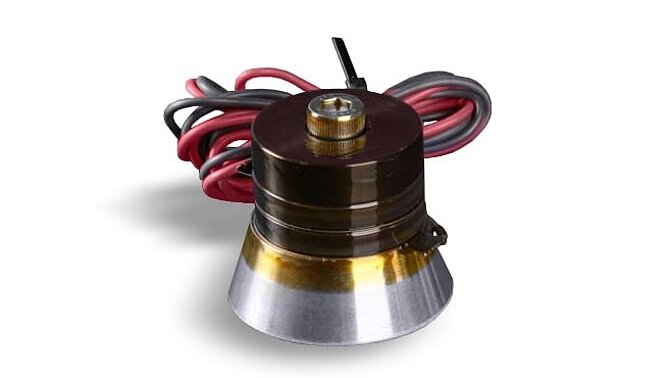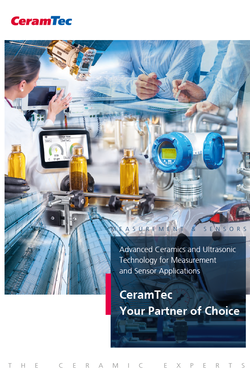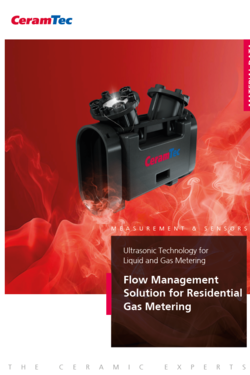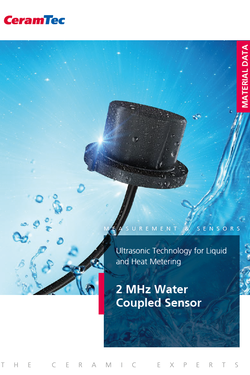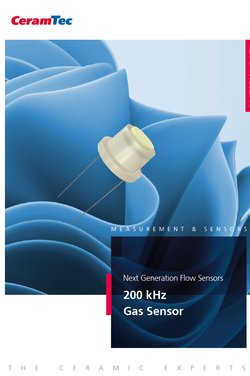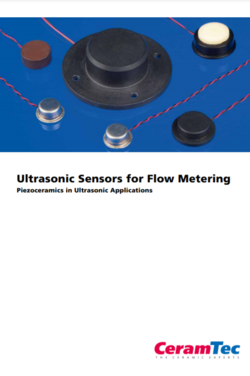Sensors & Transducers
How can even the smallest changes in liquids or gases be precisely detected? And how can sensors work reliably even under extreme conditions? At CeramTec, we develop customised ultrasonic sensors and transducers that meet precisely these challenges. Thanks to our many years of experience and vertical integration – from piezo ceramic manufacturing to final assembly – we offer high-precision solutions for a wide range of applications in industry, medical technology and automation.
Piezoceramics are at the heart of modern ultrasonic sensor and transducer technology. With three piezoceramic production facilities - two in the UK and one in Germany - at CeramTec we are well equipped with the vertical integration required to optimise product performance.
Ultrasonic Sensors Ultrasonic Transducers
Long-term Performance of Ultrasonic Water Meters
In his article ‘CeramSense®: Extending the Environmental Lifetime of Ultrasonic Water Meters’ , Liam Dillon, Product Manager for Piezo, Sensors and Transducers, sheds light on the crucial role of the environmental stability of transducers in water meter applications.
Piezoceramic sensors convert physical forces like pressure or acceleration into electrical signals, while transducers transform electrical signals into mechanical vibrations. They are crucial for applications medical applications such as ultrasound imaging, surgical procedures or patient monitoring.
Although the terms are often used interchangeably, a transducer is a broader term referring to any device that converts one form of energy into another, with applications ranging from medical ultrasound to power generation and industrial monitoring. Ultrasonic sensor is a category of transducer used for monitoring or measurment such as flow rates, air bubbles, etc.
Ultrasonic sensors can detect a wide range of materials, including liquids, transparent objects, and soft surfaces, by measuring the time it takes for sound waves to reflect from a target. Unlike optical sensors, they are not affected by colour, transparency, or surface finish, making them ideal for challenging detection environments.
The accuracy and range of ultrasonic sensors depend on factors such as frequency, ambient temperature, humidity, the required medium and environmental conditions like dust or airflow. Higher frequencies offer greater precision but shorter range, while lower frequencies extend range at the cost of detail. Each sensor must be designed and calibrated for its specific application and function to ensure optimal performance.
The main cause of transducer overheating is excessive power input, especially when the device is driven at high voltages or frequencies for extended periods. Poor design or build quality can lead to inefficient power usage, increasing heat generation. To prevent overheating, it's essential to use well-designed transducers optimized for power efficiency, operate within recommended voltage and duty cycle limits, and implement proper thermal management such as heat sinks or active cooling if necessary.
Yes, multiple ultrasonic sensors operating in proximity can interfere with each other through a phenomenon known as crosstalk. This occurs when a sensor detects the echo from another sensor's signal, leading to inaccurate readings. To minimize crosstalk, sensors should be designed to focus direction of sound transmission.
